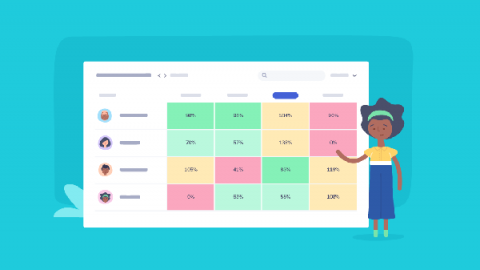Introducing Teamwork's Utilization Report - An easier way to view and manage your team's resources
Over the last two months, we’ve put significant focus on building out the reporting functionality in Teamwork. And we’re thrilled to say this is the first of many new reports that will launch this quarter.











